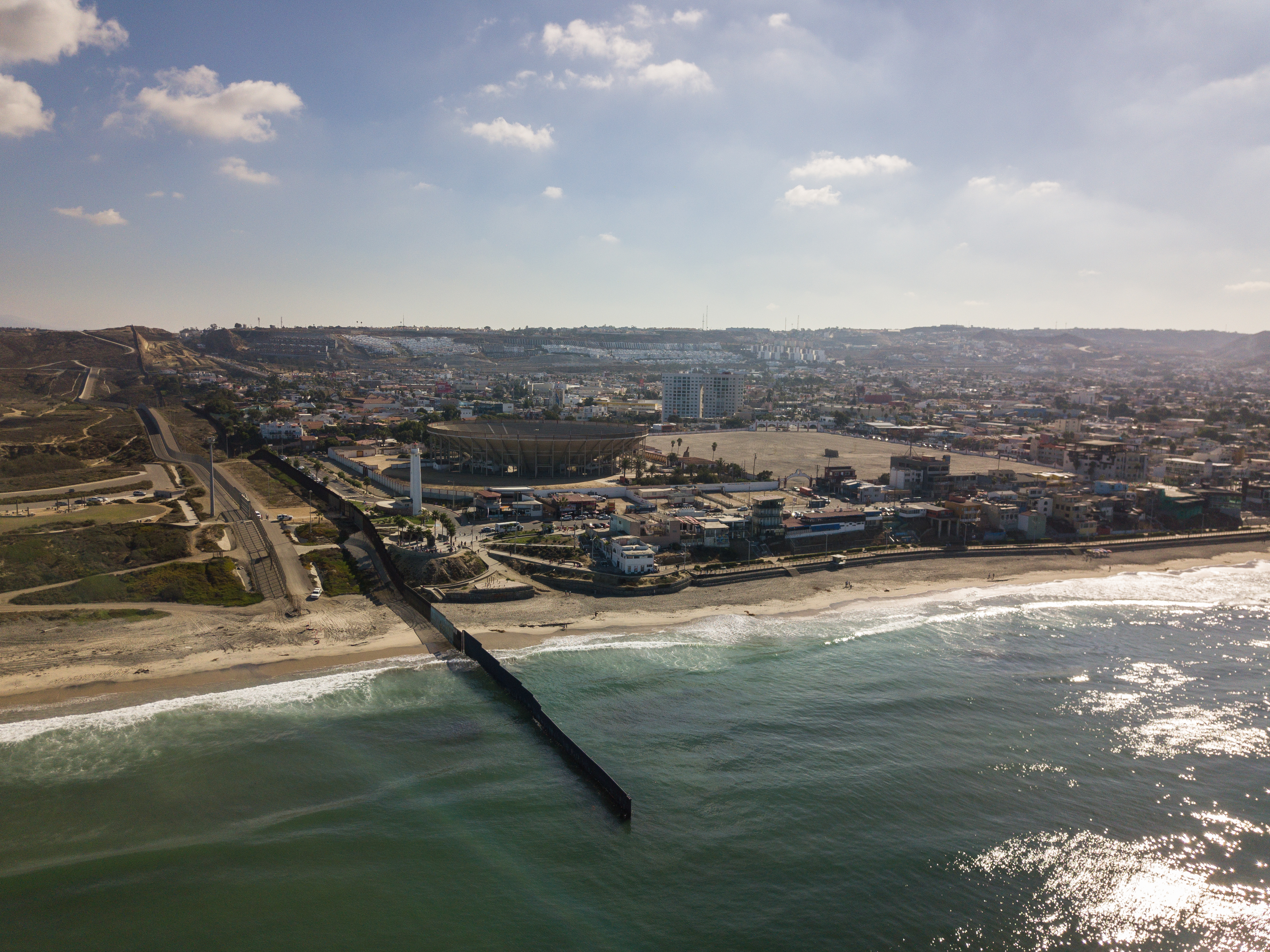
Photo: This is CA
All of Southern California was thrust into high gear late last week when news spread of historic Hurricane Hilary's expected landfall. Considered California's first tropical storm in 84 years, Hilary immediately activated emergency networks, propelled interagency coordination at a feverish pace, launched public safety information sharing far and wide on every channel, and even caused evacuation orders to be issued. Warnings of power-outages and catastrophic flooding led residents to cancel their weekend plans and instead rush to get groceries and fill sandbags in preparation for the storm.
Over the weekend, Governor Newsom swooped in to meet with select Southern California leaders in areas expected to be threatened by the storm. Later that day, he declared a state-wide emergency, spoke with President Biden, and deployed more than 7,500 boots on the ground to protect Californians from the impacts. Public resources were made available to affected individuals and the Los Angeles and San Diego School Districts postponed the first day of school to account for risks and damage caused by the storm.
It was the kind of response one would hope for in the face of a grave public health and safety emergency . . . the kind of response that South San Diego County has yet to experience for the egregious transboundary pollution that has been making people sick for decades.
~~~
Storm preparation in South San Diego County required something additional that more affluent North San Diego County and elsewhere did not - measures to brace for the anticipated onslaught of raw sewage and toxic waste that flows through the Tijuana River Watershed and out into the Pacific Ocean every time it rains. The more rain, the more flows carrying sediment, debris, trash and contaminants . . . and this weekend sure saw a lot of rain!
 Photo: Tijuana River, August 20, 2023, from IBWC
Photo: Tijuana River, August 20, 2023, from IBWC
According to the International Border and Water Commission, the Tijuana River surge has measured 2 billion gallons since Saturday, and counting. That’s more than 3,000 olympic sized swimming pools. This number does not include the cross-border canyon flows that also bring contaminated runoff into the estuary. That is on top of the approximately 35 billion gallons measured since Jan. 1st, far exceeding the total for all of 2022, which was 12.38 billion gallons.
 Photo: Smugglers Canyon, August 20, 2023, from IBWC
Photo: Smugglers Canyon, August 20, 2023, from IBWC
The International Treatment Plant (ITP) on the US side of the border also experienced higher than normal flow volume at a rate of 50-60 million gallons per day (MGD) above the plant's permit and design limit of 25 MGD. In order to prevent flooding within the ITP, wastewater was averted to flow directly to the South Bay Ocean Outfall (SBOO). In other words, untreated sewage was discharged directly into the ocean 3.5 miles off the coast, highlighting the critical need for ITP expansion as part of the Comprehensive Infrastructure Solution. Local roads were flooded with contaminated water and state parks were closed.
These impacts are not new in South County, where millions of gallons of toxic water flow through the Tijuana Watershed and up the coast from discharges in Baja every day. That is why local leaders and groups, including Surfrider Foundation, have been calling on Governor Newsom to respond with the same urgency and gumption to this decades-old public health and environmental justice emergency that he did to the passing tropical storm that brought a fraction of the pollution South County communities experience each year. The demographics may look different in the border region, but the impacts remain gruesome. Newsom, it's time to do more!
 Photo: ABC10 News
Photo: ABC10 News
Watch this story from local ABC10 News for more information about Tropical Storm Hilary’s aftermath and check out our last blog to learn more about the toxic cross-border pollution.
Please take a moment to SIGN OUR PETITION, calling for an emergency declaration, in order to access additional funding, resources, and interagency coordination required to address this problem.
~~~
Southern California is experiencing polluted urban runoff following the rain brought by Tropical Storm Hilary. It's important to follow the 72 hour rule and stay out of the water for at least 72 hours after it rains. Check your local water quality advisories in San Diego and elsewhere in the state before entering the water.
Other ways to get involved with Clean Border Water Now:
- Sign up for our monthly newsletter and regular updates here
- Come to our recurring Clean Border Water Now (CBWN) meetings on the second Monday of every month (learn more and sign up here)
Follow us on Instagram and Facebook for the latest updates and opportunities
